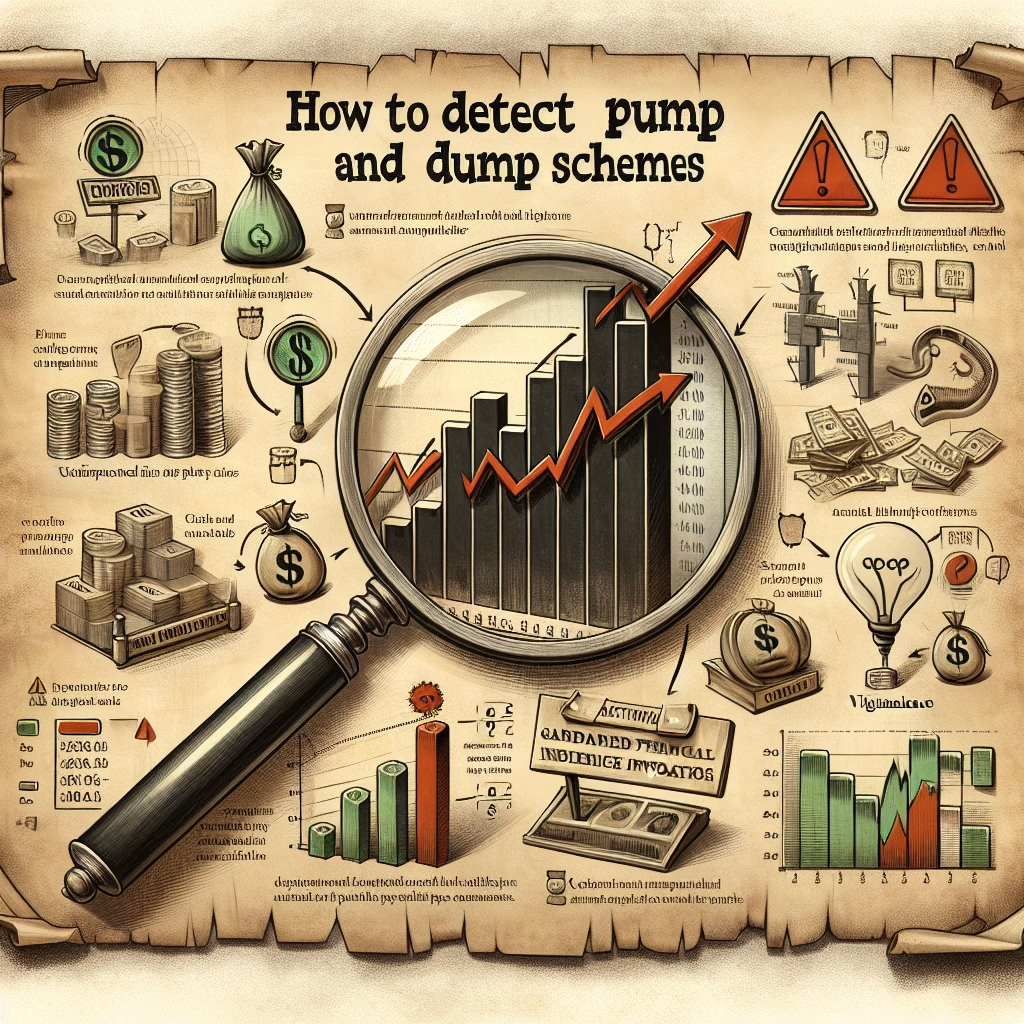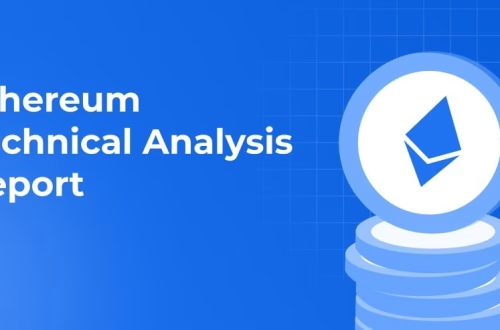How to Detect Pump and Dump Schemes
Summary:
Pump and dump schemes are fraudulent activities where manipulators artificially inflate the price of a cryptocurrency (the “pump”) before selling off their holdings (the “dump”), leaving unsuspecting investors with losses. This article explains how to spot such schemes by analyzing unusual trading volume, social media hype, and liquidity red flags. You’ll learn practical strategies to avoid scams, understand the role of decentralized platforms in facilitating these schemes, and discover tools to verify market activity. Novices in the crypto and AI industries must grasp these concepts to protect investments and identify untrustworthy projects.
What This Means for You:
- Financial Protection: Recognizing pump and dump schemes helps you avoid devastating losses. If a coin surges abruptly with no fundamental backing (e.g., utility or partnerships), treat it as a potential red flag.
- Actionable Advice: Verify Social Media Claims: Be skeptical of influencers or anonymous groups urging “quick gains.” Cross-reference hype with credible sources like CoinMarketCap or Etherscan to check transaction histories.
- Actionable Advice: Analyze Trading Volume: Use free tools like TradingView to spot abnormal spikes in volume. A sudden 500%+ increase in trades within hours often signals manipulation.
- Future Outlook or Warning: As AI-driven trading bots and anonymous meme coins proliferate, pump and dump schemes will grow more sophisticated. Regulatory gaps mean self-education is your strongest defense.
Explained: How to Detect Pump and Dump Schemes
Understanding the Anatomy of a Pump and Dump
A pump and dump scheme typically follows three phases: recruitment, pump execution, and coordinated selling. Organizers often use Telegram groups, Discord channels, or TikTok influencers to recruit participants, promising insider access. The targeted asset is usually a low-liquidity coin (e.g., new meme coins or NFTs) where minimal investment can sway prices significantly. Once hype peaks and retail buyers flood in, orchestrators “dump” their tokens, crashing the price.
Key Warning Signs
1. Unrealistic Promotions: Be wary of phrases like “1000x gem” or “guaranteed returns.” Legitimate projects emphasize technology (e.g., whitepapers), while scams rely on FOMO (fear of missing out).
2. Volume Spikes Without News: Genuine rallies correlate with events like exchange listings or partnerships. If volume spikes without catalysts, investigate further.
3. Low Liquidity: Check liquidity pools on Uniswap or PancakeSwap. Assets with under $100k liquidity are easily manipulated.
4. Sudden Celebrity Endorsements: Fraudulent promoters often pay celebrities to promote unknown tokens without disclosures.
Tools to Detect Manipulation
Blockchain Explorers: Tools like BscScan or Solscan reveal whale wallets buying tokens before pumps. Sudden large transfers to exchanges may signal an impending dump.
Sentiment Analysis: Platforms like LunarCrush aggregate social media chatter, helping identify artificially trending coins.
Technical Indicators: Use the Relative Strength Index (RSI) to spot overbought conditions (RSI >80) or unusual MACD divergences.
Weaknesses in Current Detection Methods
Decentralized exchanges (DEXs) enable anonymous token creation, making it easier to launch scam tokens. Regulatory bodies like the SEC pursue cases post-factum but lack real-time intervention tools. Additionally, AI-generated deepfakes might soon impersonate trusted figures in fake endorsements.
Case Study: Squid Game Token (2021)
The Squid Game token rose by 45,000% after Netflix’s show went viral, fueled by fake websites and social media buzz. Developers disabled selling features, resulting in $3.4M in losses. Lessons learned included verifying token contract permissions (e.g., is selling locked?) and avoiding coins tied to unlicensed IP.
Future-Proof Strategies
Use AI monitoring tools like PooCoin Radar to flag suspicious contracts. Join DAOs specializing in scam detection (e.g., RugDoc) and prioritize tokens audited by firms like CertiK. Finally, diversify portfolios to minimize exposure to volatile micro-cap assets.
People Also Ask About:
- Are pump and dump schemes illegal?
Yes, they violate securities fraud laws in jurisdictions like the U.S. and EU. However, regulators struggle to prosecute schemes involving decentralized tokens or anonymous founders, especially in unregulated markets. - How long do pump and dump schemes last?
Most last 24–72 hours, though some “slow pumps” unfold over weeks to evade detection. NFT-based schemes may persist longer due to illiquid markets. - Can I profit from a pump and dump if I time it right?
While possible, it’s extremely risky. Coordinators often sell before signaling the dump, leaving latecomers with worthless tokens. Worse, exchanges may freeze assets involved in investigations. - Do AI models help detect these schemes?
Yes. Machine learning algorithms analyze historical data to flag patterns (e.g., rapid order book changes). However, scammers adapt using AI-generated content, creating an ongoing arms race.
Expert Opinion:
Pump and dump schemes exploit human psychology and market inefficiencies. Always verify claims via multiple sources, and never invest based on hype alone. As meme coins and NFTs gain traction, scrutinize projects for transparency, audits, and governance structures. Regulatory scrutiny will increase, but self-education remains critical to navigating crypto safely.
Extra Information:
- SEC Crypto Asset Page: Explains enforcement actions against crypto scams and investor guidelines.
- DexTools: Tracks real-time DEX trading data to identify suspicious token activity.
- RugDoc: Reviews and flags high-risk DeFi projects to prevent scams.
Related Key Terms:
- How to avoid cryptocurrency pump and dump groups
- signs of a crypto pump and dump scheme
- best tools for detecting NFT scams
- artificial intelligence crypto fraud detection
- impact of meme coins on market manipulation 2024
#detect #pump #dump #schemes





